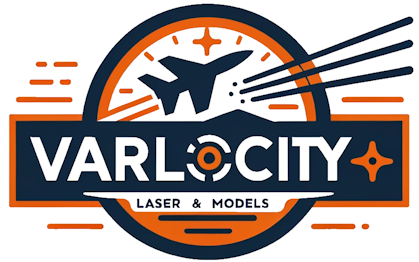For those passionate about model airplane building, understanding the nuances of a short kit is crucial. A short kit simplifies the construction process by providing the essential pre-cut parts that demand precise shaping, such as wing ribs, fuselage sides, and bulkheads. These are the parts that can be tricky to cut by hand but are critical for ensuring your model airplane's accuracy and performance.
However, it’s important to note that a short kit does not come with everything you need. Materials like spars, sticks, sheet wood for the fuselage bottom and wings, landing gear, wheels, and other hardware must be purchased separately. This means that when you opt for a short kit, you're stepping into the role of a scratch builder who has simply outsourced the more meticulous cutting work.
How to Complete a Short Kit
To successfully complete a short kit, you need to start by examining the plan that comes with it. A well-designed plan will show every part that needs to be made, along with the thickness and type of wood required. Begin by marking all the parts included in the kit on the plan. Then, carefully go through the plan to identify the materials you need to source.
For example, if your plan calls for 1/8 x 1/4 balsa wood for the fuselage deck, measure and note how much is required. Continue this process for all parts, marking off what’s included in the kit and what you need to order. It's a meticulous process, but one that pays off by ensuring you have everything needed to complete your model.
As you compile your list, keep in mind that not all wood is created equal. It’s wise to order extra pieces, as quality can vary. This proactive approach helps avoid any disappointments and ensures that your model airplane is built to your exact specifications.
Advanced Tips for Scratch Builders
When working with short kits, think of yourself as a scratch builder who just happens to have some of the more intricate parts pre-cut. This mindset allows you to approach your project with creativity and flexibility. For instance, if the wood you receive for a stabilizer is too heavy, consider building a stick tail instead to keep the rear end light.
Similarly, there are various methods to construct other components like cowls and control surfaces. Whether you use blocks, planks, sticks, or sheet materials, or explore innovative techniques like using heated bottles or resin molds, the key is to stay adaptable and enjoy the process of creating something uniquely your own.
